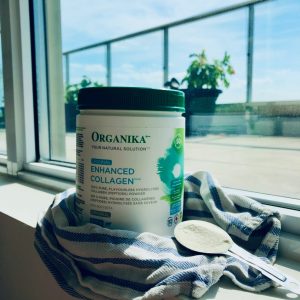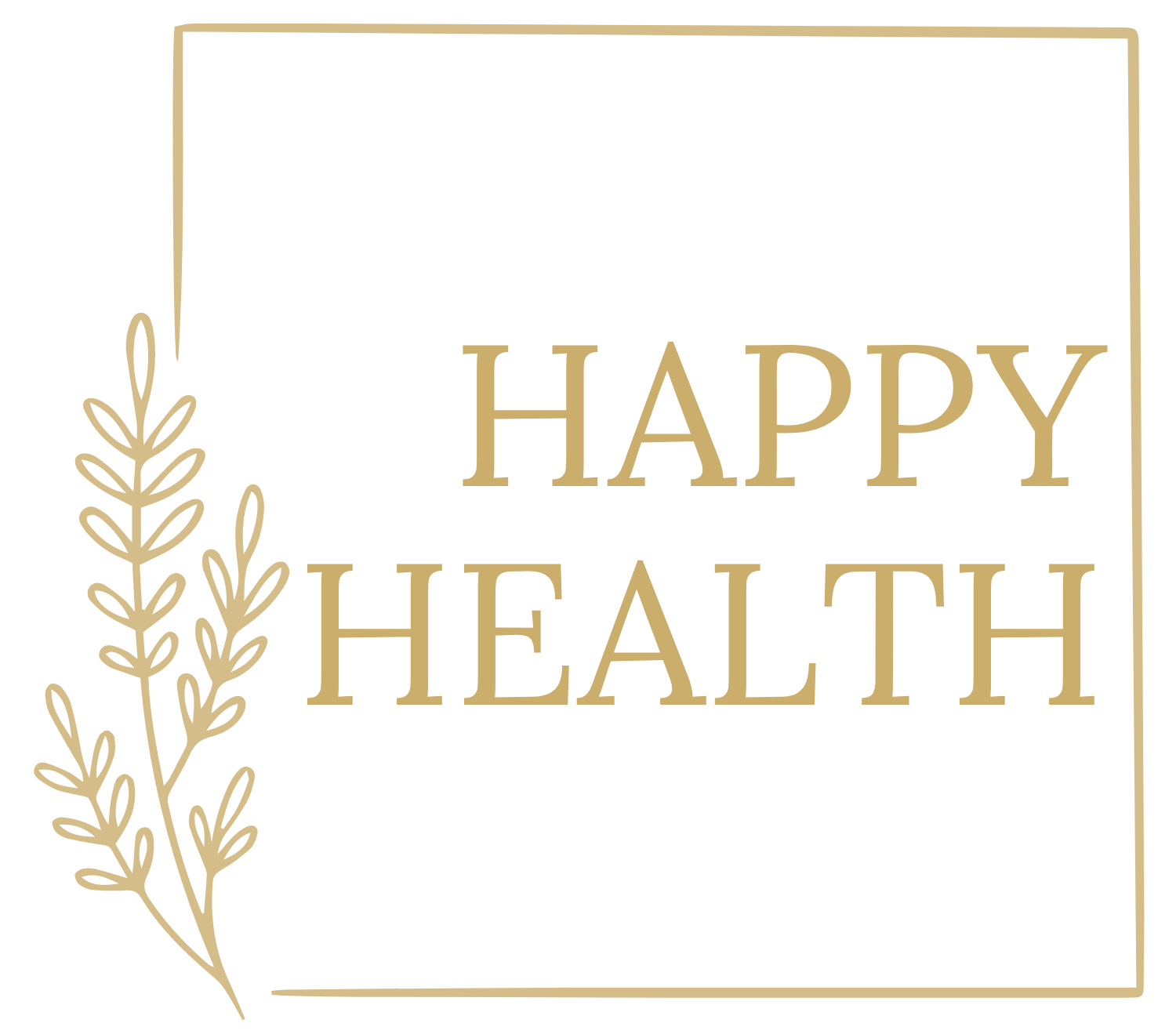
Elevate Your Glow: A Guide to Collagen Powder and Healthy, Clear Skin
Collagen. Have you heard of it? It seems to be cropping up everywhere with claims around skin health, joint health, hair and nail growth and
Have you, like many others, found comfort in food during the ongoing pandemic? Emotional eating is something that I struggled with for years. Here, I shed some light on the food-mood connection and how one can better manage cravings.
With all the uncertainty surrounding the world right now, it’s no surprise that stress levels are at an all-time high. For some, food may be a welcome comfort in response to this stress. If you had asked me several years ago, I would’ve been elbow-deep in a bag of chips. Although food is essential nourishment, there is also an entire emotional and cultural realm tied to it. Food is a way for us to connect with others, show love, and celebrate.
Beyond the emotional aspect, a scientific connection exists between our digestive system and our nervous system, which directly links our gut to our brains. In fact, some essential nutrients such as vitamin K and vitamin B12 are made in the digestive tract from gut microbiota. The latter is considered an essential nutrient for mental health.
Meanwhile, gut bacteria are responsible for producing neurotransmitters that can signal anti-anxiety effects to the brain as well as appropriate food intake levels. When we have a happy digestive tract, we can properly signal to our brain to moderate food intake and preventing emotional eating habits.
One of the best ways to support our digestive tract is through our diet—some of my favourite mood-boosting foods include the following:
Raw cacao powder
Raw and unroasted cacao is packed with euphoric, aphrodisiac, and anti-depressant properties. It can be easily incorporated into desserts, smoothies, homemade lattes, or as an essential ingredient in this Chocolate Hazelnut Butter recipe.
Goji berries
These berries contain more than four times the antioxidant content of blueberries. Research suggests they play an important role in boosting mental performance and reducing fatigue. Use them in soups for added sweetness or soak the dried berries in hot water for a few minutes before blending them into smoothies.
Cooked and cooled sweet potatoes
When cooled, potato starch becomes one of the best foods for gut microbiota, which can contribute to essential nutrients and mood-boosting brain signals. When in doubt, choose sweet potatoes for a higher vitamin A content.
Fermented foods
These include kimchi, tempeh, natto, pickled mustard greens, and daikon. Fermented foods are a rich source of probiotics that can promote a healthy digestive tract by increasing good gut bacteria.
Cremini mushrooms
Rich in vitamin D and vitamin B5—known as the anti-stress nutrient, cremini mushrooms aid energy production, healthy skin, and reduces signs of aging. Incorporate them into hearty soups or stir-fries.
Aside from enjoying mood-boosting foods, mindful eating techniques can also improve your food-mood connection. Taking time to chew and appreciate each mouthful will signal to your body that it’s time to switch into “rest and digest” mode. Before digging into your next meal, try taking three deep breathes before observing the smell, the plating, colours, and textures. Savour each bite so that you’re less likely to overeat, allowing more time for your body to tell your brain when you are full.
That said, remember to be gentle with yourself and to reach out for help from a qualified professional if you need additional support. Being stuck in a pandemic means that comfort food will inevitably remind us of better times—just remember to tuck into your meals mindfully, with positive intent, and in moderation.
Original story published on Voices Wellness.

Caroline is a Registered Holistic Nutritionist (R.H.N.), certified Culinary Nutrition Expert (C.N.E.), Les Mills RPM instructor and Founder of Happy Health. She founded Happy Health in response to her own health struggles with the goal of sharing all that she knows so that you can be super CEO, supermom and super healthy!
She is based in Toronto and when she is not working on her passion for all things nutrition, she contributes to the alternative investments industry as the Vice President and Co-founder of the Canadian Association of Alternative Strategies & Assets (CAASA).

Collagen. Have you heard of it? It seems to be cropping up everywhere with claims around skin health, joint health, hair and nail growth and

Are you struggling with the daily discomfort and frustration of perioral dermatitis? If you’re anything like me, then you know that perioral dermatitis is one

Perioral (periorificial) dermatitis is a red rash that circles your mouth. Your skin can be scaly, dry and flaky with swollen, inflamed bumps called papules…Perioral
